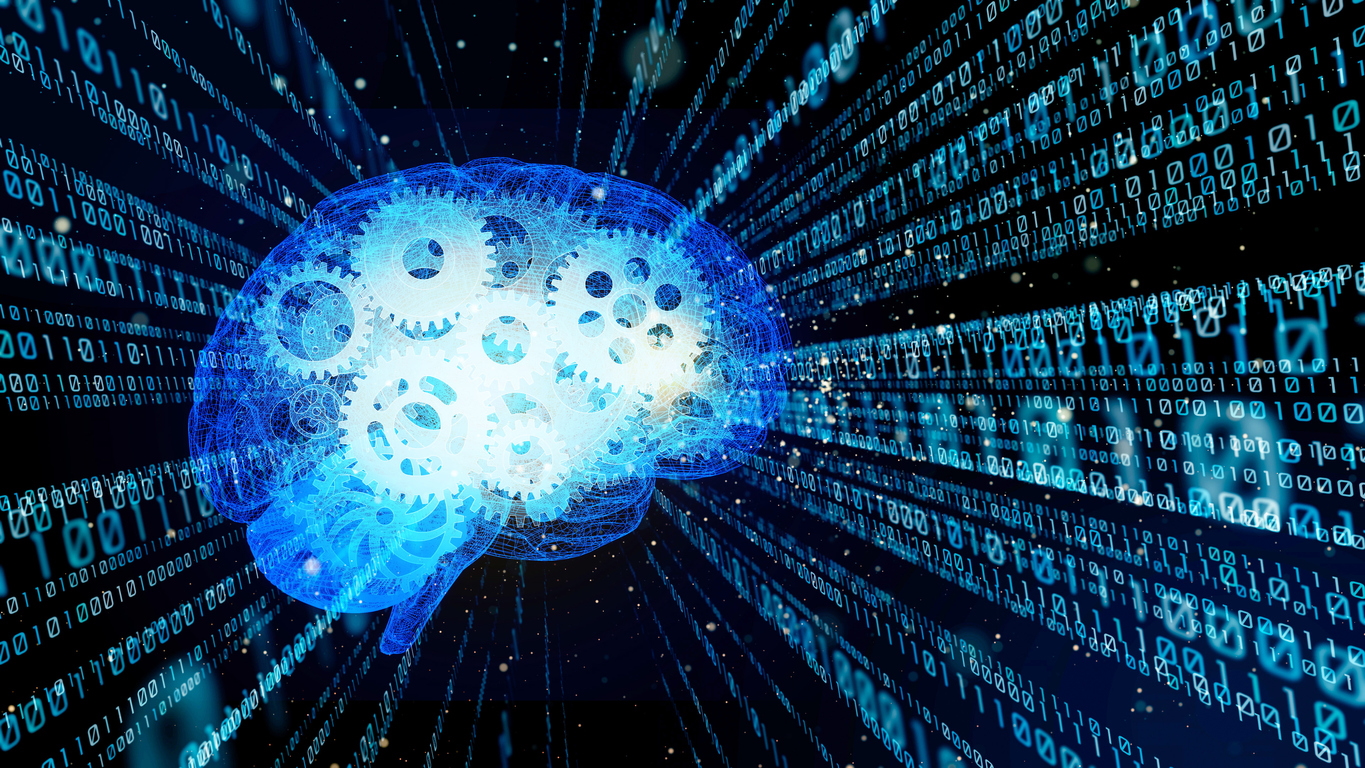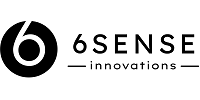6sense: Computer Vision — A Business Opportunity Not to Miss

Through computer vision, businesses have been able to streamline operations, increase efficiency, improve output, expand their customer base, and much more. This article will discuss the concept of computer vision and explore how it works, where to apply it, and why computer vision matters.
What is Computer Vision (CV)?
Computer vision is a branch of artificial intelligence that allows computers to interpret, process, and analyze visual data like images and videos. CV uses various computational elements to examine the image at a fundamental level, recognize objects, notice potential defects, and identify the relationship between them.
Computer vision technology is programmed based on the human ability to process images. In that sense, it uses systems derived from pattern recognition to function. The best way to understand this is by comparing it with solving a picture puzzle.
When putting together a puzzle, you have a pile of small pictures and the knowledge of what the final result should be. Your brain detects all the pieces, distinguishes them from one another, and tries to put them together.
Computer vision does the same. It interprets images as a pile of pixels placed in a specific pattern. It analyzes each pixel, determines its color value, and uses those values to make sense of the bigger picture.
However, human vision has a considerable advantage over computers — context. Our brains draw on immense knowledge from the real world to make sense of the objects surrounding us. Computers do not have that privilege. For instance, a computer needs to process countless flower and flower-related images to recognize them as an image. Once a computer can identify something from a picture or video, it outperforms humans in speed and accuracy.
How does Computer Vision work?
Computer vision analyzes data using two integral technologies — deep learning and convolutional neural network (CNN). Deep learning is a type of machine learning that leverages algorithms to teach a computer about visual data context. The more relevant data the computer has access to, the better the computer will perform when recognizing images.
CNN assists a computer in ‘seeing’ images by deconstructing them into pixels. This system labels all the pixels, performs convolutions (mathematical calculations), predicts what the image represents, and then checks the accuracy of its predictions.
It acts as a system that interprets single images. CV uses slightly more complex technology to analyze videos — RNN. The recurrent neural network (RNN) is programmed to understand a variety of different but related images.
CV has numerous applications across different industries and fields.
Examples of Computer Vision use cases
Security
Various fields of security can use computer vision. Its features allow it to detect and track people. When set up in restricted areas, such as construction yards or historic sites, CV can prevent trespassing, theft, and vandalism.
Since CV also recognizes objects, it can detect weapons, stolen items, and more on surveillance videos and track them.
CV’s features allow us to use this technology for facial recognition. Mobile devices use it to recognize their owners. Airports use it to enable passengers to check in faster. Schools, businesses, and factories use it to restrict access to their premises and track who enters.
Parking and Traffic
Computer vision is beneficial for parking operations too. Automatic number plate recognition technology (ANPR) can acknowledge registration plates.
ANPR technology can grant access to particular or all vehicles in a ticketless car park. In addition, this feature can, for example, keep track of parking occupancy and identify how much time certain vehicles spend in particular parking spaces in real-time. In this manner, CV can help parking systems facilitate and speed up payment transactions and even apply different pricing inside the car park.
Besides this, CV can use ANPR to detect stolen or uninsured vehicles and prevent criminal activity.
Finally, CV also has quite a few uses in the transportation and traffic industry. The system can help manage traffic by monitoring and analyzing density in different areas. It can decrease safety risks by assessing road conditions and detecting defects.
Retail
Computer vision technology can do wonders for the retail industry. It can affect work efficiency, improve sales, and drive innovation.
CV can monitor the number of customers in the store. In combination with heat mapping, this system can identify shoplifters and track them in the store. It can also detect forming queues and notify store workers in real-time.
Its movement tracking features can help CV track customer activity and repetitive behaviors. It can also provide beneficial information related to hotspots in the store and allow store owners to change store and product layouts to improve sales.
Computer vision can help retail stores implement and use automated checkout systems. CV technology can track products on the shelves and products in a customer’s basket. This way, the store can automatically charge the customers for the products as they exit the store.
Production
Computer vision enhances quality control and reduces safety risks in the manufacturing industry. It helps factories analyze products in real-time and identify defects in the production line.
Computer vision also has an application in product assembly. It detects and tracks product components, guides and helps workers perform their duties, evaluates whether packaging meets the standards, and so on.
Why should companies care?
It’s clear that computer vision has a lot to offer. It can:
- Help your company improve productivity and cost efficiency — Companies have been using computers to automate repetitive and mechanical tasks for several years. CV can add another layer to these benefits. Thanks to its sophisticated design, computer vision can also handle more complex tasks that require critical thinking at a faster rate and lower cost than humans. A CV system can help your business enhance productivity, improve efficiency, and boost output.
- Make the most of data collection — One of CV’s key attributes is the ability to collect and process data in real-time. The system can keep track of production processes and customer trends, make notes of defects, issues, or changes, and allow your business to identify and respond to them in record time. In this manner, CV would help your company make better decisions and more effective business moves in the future.
- Create new revenue streams — CV allows you to track customer experiences as they interact with your products/services. It gathers information every step of the way and suggests possible improvements or provides you with potential solutions that can take your business to the next level. Depending on your line of work, this system can help you introduce new products and services, add new features to the existing ones, and generate a new revenue stream.
Companies utilizing Computer Vision
Computer vision has a variety of use cases and is present in numerous industries. Below are a few examples of large companies utilizing computer vision to improve their business.
- Amazon used computer vision to launch its first cashier-less stores
- Ticketmaster recently invested in a CV-powered technology that identifies people walking and tracks their movements
- Security companies are using CV to improve surveillance
- Gaming studios are starting to use computer vision-powered VRs
- The sports industry also sees potential in using CV to help track the ball and players during matches.
Many see Computer vision as a leading factor for future technological developments. The CV market will continue to grow due to CV’s ability to adapt to different business needs and industries. Investing in a CV will give your company a competitive edge faster than you ever imagined.
Read more about our parking solutions here.
 About 6sense Innovations
About 6sense Innovations
At 6sense we believe that everything that matters can be observed and analysed with computer vision and every observation can be turned into business value. For the past 20+ years, we have been developing services and core enablers to help our customers improve performance in their operations through machine-based detection and intelligent decision making.




Comments
There are no comments yet for this item
Join the discussion